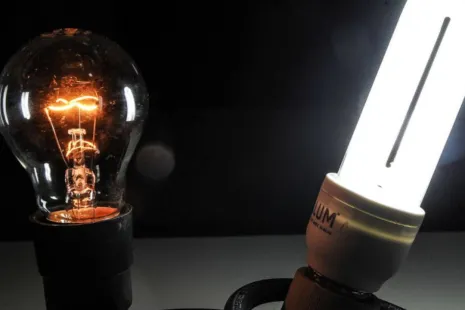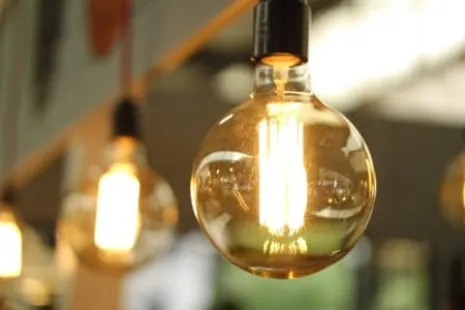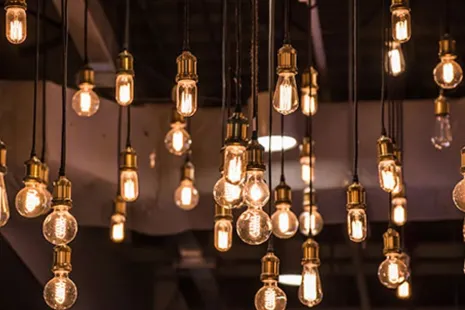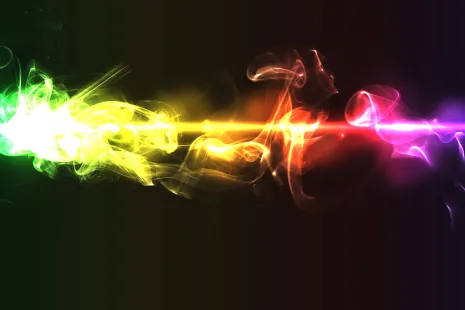How LED bulb works
Added 8.3.2022 10:33.55
True rockers love Led Zeppelin, while thrifty people love LED bulbs. No wonder. In fact, from our bulb comparison, LED bulbs come out as the clear winner. In today's article, we'll explain how they work.
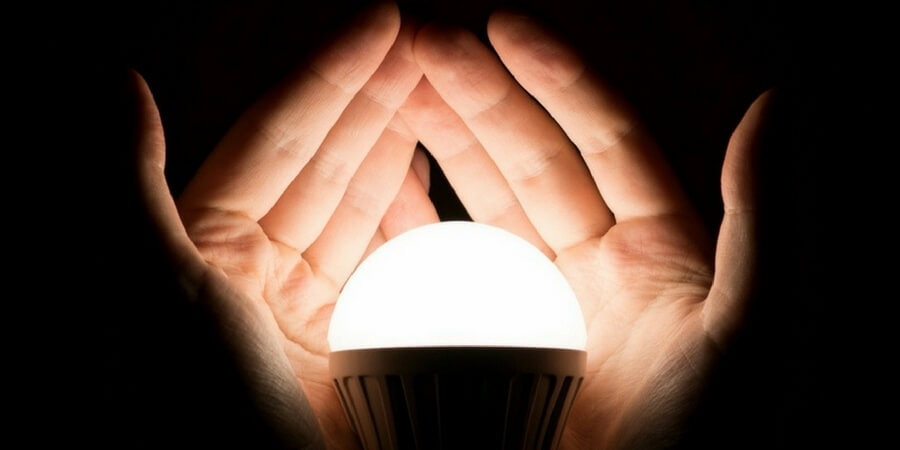
LED bulbs are currently the most popular bulbs for chandeliers, pendant lights and even crystal lamps. In short, almost everything that shines today shines through LED technology.
Are you wondering why this is so?
Here are a few compelling reasons.
The advantages of LED bulbs
- LED bulbs have a lifespan of up to 25,000 hours, instant onset of light and safe operation.
- They come in many shapes, have a wide range of colour temperatures and are environmentally friendly.
- They have the highest luminous efficiency and so-called luminous intensity.
- Their purchase price is higher, but compared to conventional bulbs you save over 80% energy with them.
In the long run, therefore, the choice of LED bulbs is clearly worthwhile. In all respects.
So now we know why they are extremely popular, but how do they work?
How LED bulbs work
LED bulbs are officially called electroluminescent diodes. This is because their lighting is based on so-called electroluminescence, in which an electric current is converted into light.
The diodes themselves (electrical semiconductor components) then work thanks to semiconductors composed of two layers. This is the so-called P-N junction through which the electric current passes.
This is what makes LED bulbs emit light, because when an electric current is connected, electrons move from one layer to the other, creating excess energy - light.
You might think that LEDs are something new, because their massive expansion has only happened in the last 10 to 15 years, but the technology has been around for almost half a century. It has undergone a lot of development in that time alone.
Both in terms of technology, where LEDs have better luminous flux and other light parameters than other luminaires, and in terms of economics, where they cost much less to produce than they did in the past. Therefore, it can be predicted almost with certainty that the popularity of LED bulbs will definitely not decrease in the future, on the contrary.
One of the reasons for their popularity, which we have not yet explained, is their ability to achieve any colour of light without the need for filters that change white light into red, blue or green.
LED bulbs - any colour without filters
Filters normally reduce the intensity of the light, so you can't achieve a rich enough colour with them. But this is where LED technology and another of its many advantages comes in - the ability to modify light of a specific wavelength.
LED chips are made up of gallium compounds and usually contain other materials to achieve the desired light colour. For example, a combination of blue LED and phosphor is used to achieve a beautiful white light colour. The properties of the material from which the diodes are made therefore determine the maximum wavelength of the light.

LED bulbs can thus be any colour from the visible part of the human spectrum. In fact, they allow the three basic colours - red, green and blue - to be freely combined to make any colour. This is why colour-changing LED bulbs are referred to as RGB (red, green, blue).
The default light colour of the LED bulb is light white. Paradoxically, it is not possible to emit white light directly. Older LED bulbs contained a trio of chips that mixed the colours to give the perception of white light. Modern LED bulbs use a phosphor to do this.
We're here for you
Now you know why LED bulbs are the most popular bulbs for all types of light fixtures as well as how they work. But do you still need advice? Contact us. We will be happy to help you. And together we'll tune your home to the tones that suit you best.






































